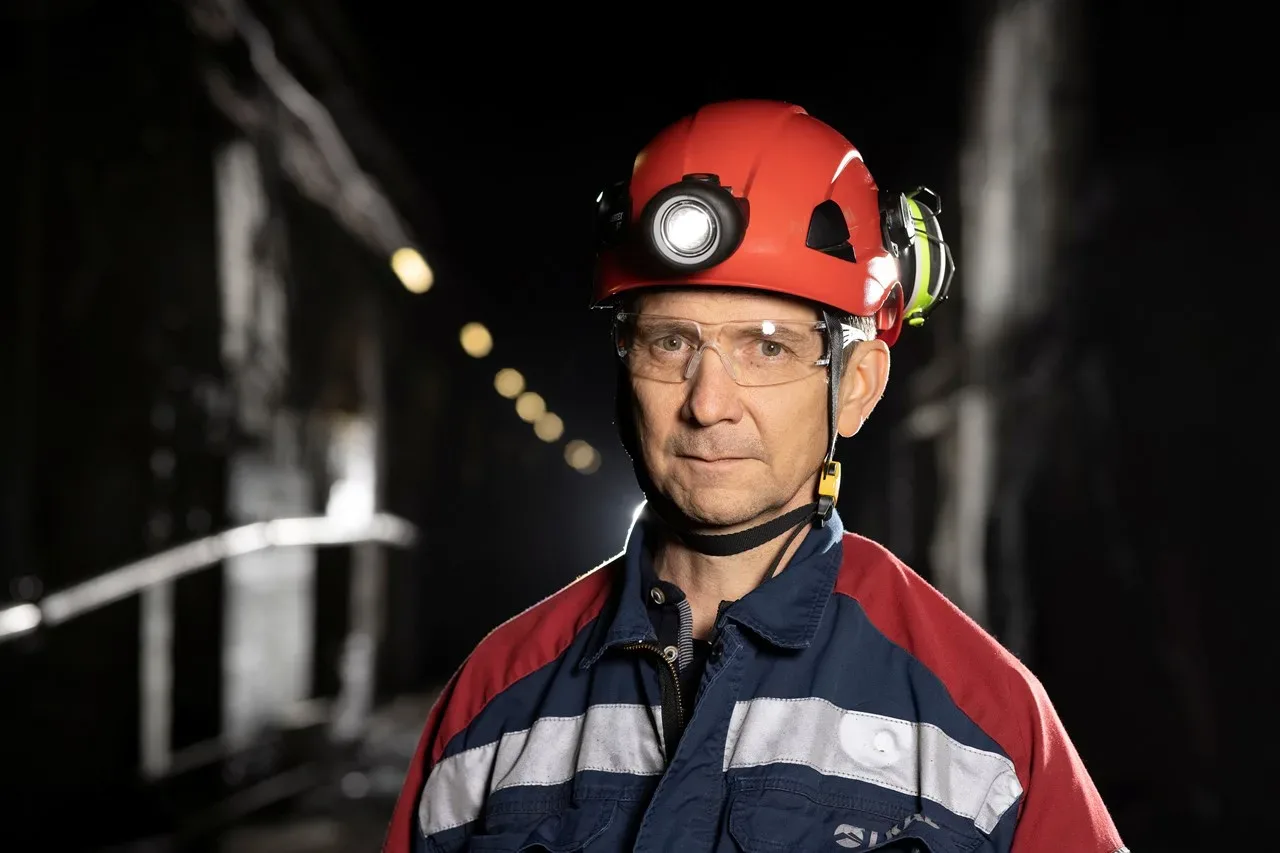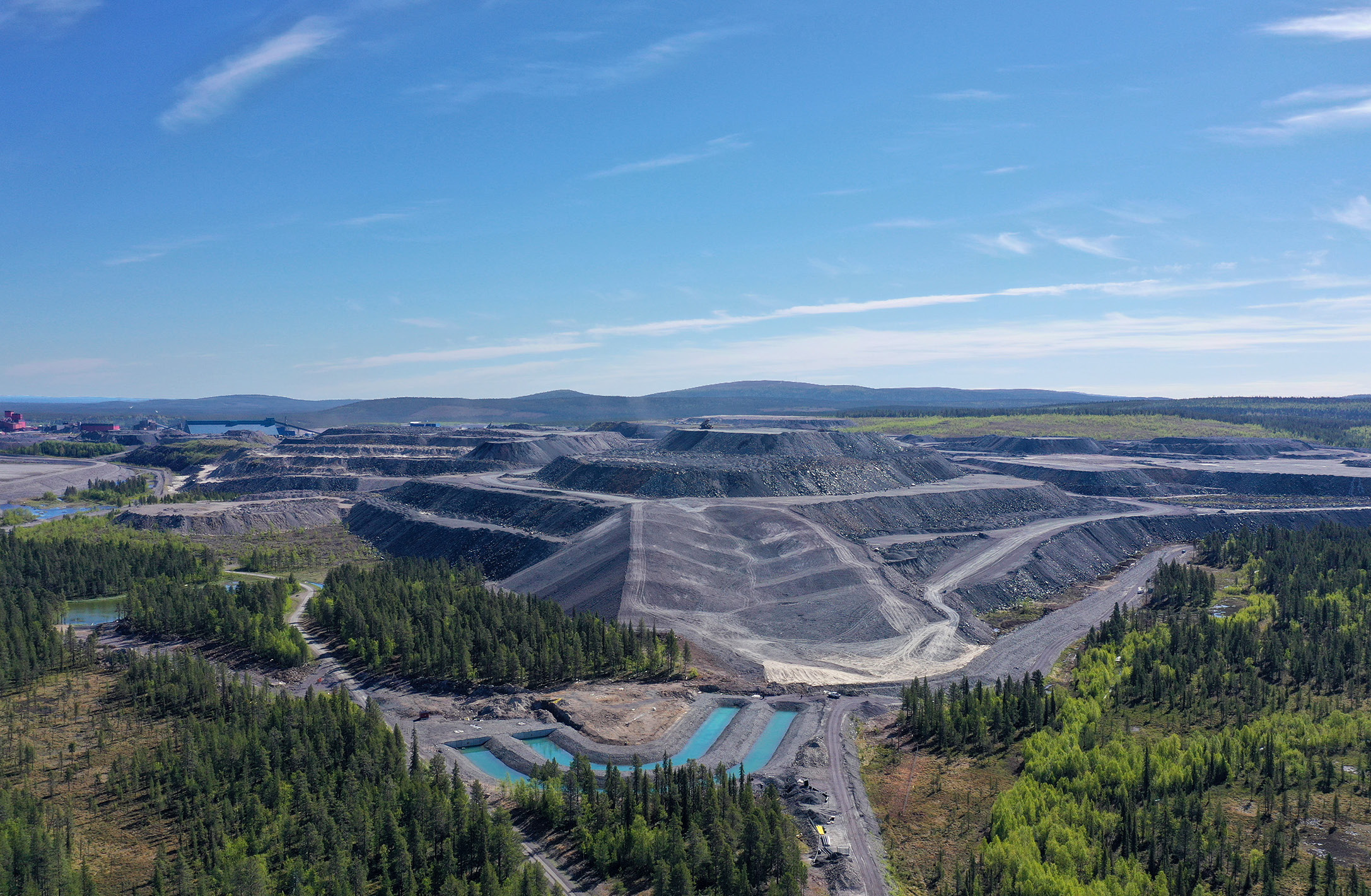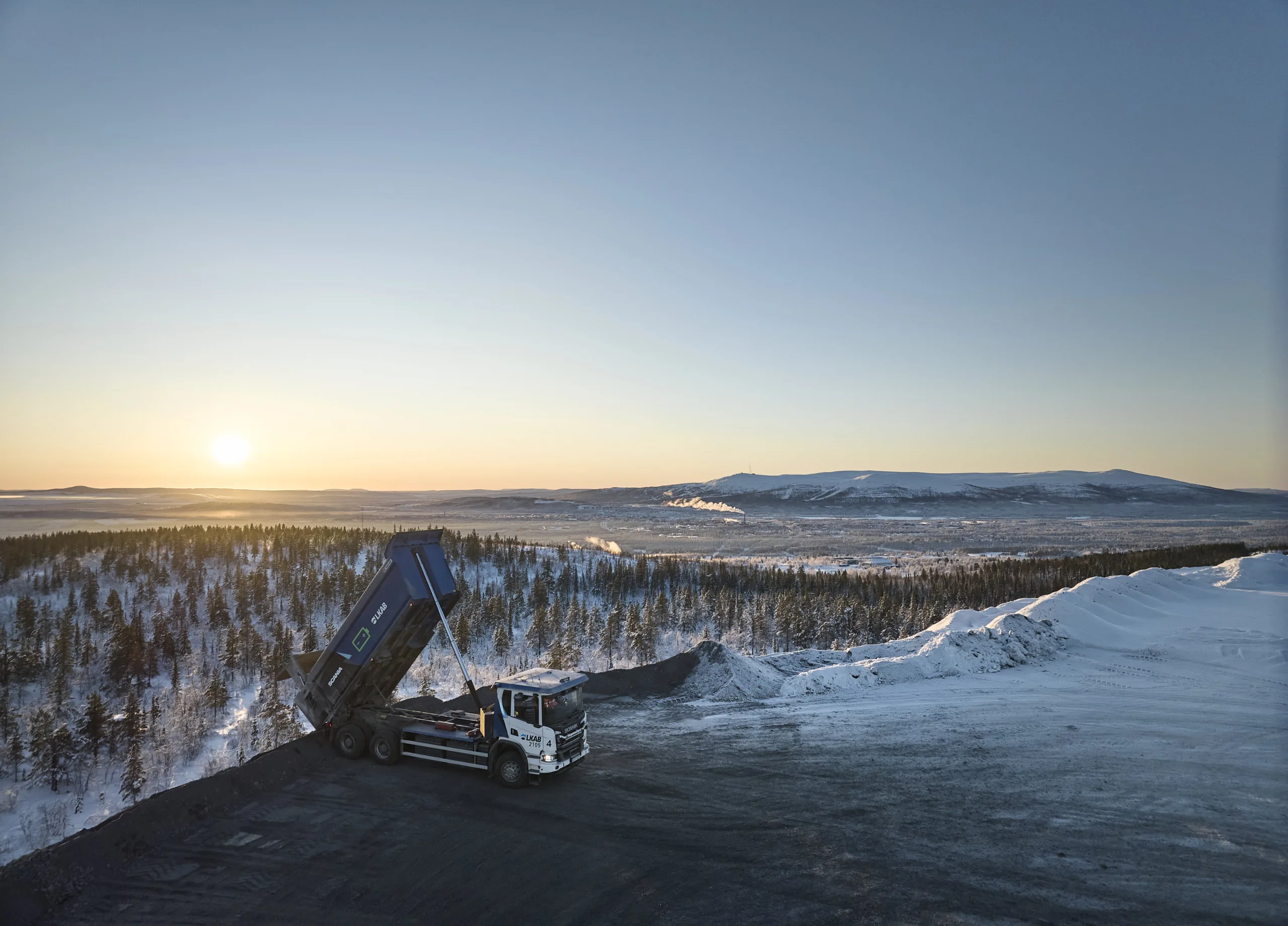One mine becomes two

The decision as how the Kiruna mine will be mined at depth has been taken. LKAB has opted for a stable pillar solution in the middle of the mine, in the Block 22 area. This means that one mine will effectively become two. "Safety must always come first. Nothing is more important. That's why we've taken this decision," says Joel Kangas, mine manager at LKAB in Kiruna.
Over two years have passed since the major seismic event occurred in the Kiruna mine. Since then, however, the mine has been a hive of activity. To say the least. Enormous efforts have been made to restore the damaged Block 22 area, while considerable resources have been invested in analysis, rock reinforcement damage survey, mining planning and increased instrumentation.
“During the past year we have finally gained a better understanding of what has actually happened and how we have to deal with the underlying mechanisms at depth,” says Joel Kangas, mine manager at LKAB in Kiruna.
Block 22
But let’s start from the beginning. On May 20th 2020 the most dramatic seismic event ever recorded in the Kiruna mine occurred. The event had a magnitude 4.2 on the local magnitude scale, and a relatively widespread area sustained varying degrees of damage. In the days that followed, activity was intensive and all focus was placed primarily on surveying the damage.
“It became apparent early on that the damage was widespread and extensive. Both large and small rockbursts and fracturing in walls and ceilings were caused by powerful vibrations,” explains Joel Kangas, continuing, “Thankfully, nobody was injured, although large areas of Block 22 were heavily damaged. Machinery and infrastructure can be replaced, but people are irreplaceable. We can never accept events of this magnitude with consequences of this nature.”
The fact is, as mining progresses deeper, rock stresses increase. These stresses can never be eliminated but they can be reduced, for example, by adapting the mine layout, i.e., how production, infrastructure – roads and production areas – are planned and placed in relation to factors including the geology. When an orebody is mined out, rock stresses must find new paths around and under the mined-out area. This is when rock stress concentrations are induced and, if the stresses exceed the strength of the rock mass, the rock mass ruptures. Seismic activity, sudden failures in the rock mass, release enormous amounts of energy.
“Block 22 is a complex production area. The orebody is narrow and the geology varies, so the layout for the production area is a bit different. This has also meant that we have mined relatively small volumes, relative to other production areas,” says Joel Kangas.
Movements in the hanging wall
In simplified terms this means that the orebody is reduced in volume in the middle of the mine, in the area in which Block 22 is situated. This means that the hanging wall and the so-called barren rock allow less space for blocking up as areas are mined out. The underground mining method employed by LKAB is based on the hanging wall being blocked up, fragmented and successively caved in to the mined-out areas, but in a highly controlled manner.
“We have deduced that a smaller seismic event in the mine triggered the Block 22 event. That gave rise to larger movements in the rock mass, in the hanging wall. At surface level a vertical movement of about three centimetres was recorded and the sudden subsidence in the rock mass generated the energy that was released when the event occurred,” explains Joel Kangas.
The underlying cause of the large movement in the rock mass was that the hanging wall had not been blocked up in the right way.
Two mines in one
The Block 22 puzzle has been challenging. Not until every puzzle piece that may contain an important bit of information is in place can a reliable overall assessment be made. This involves everything from damage survey, photo documentation and outcome studies to geological and structural analyses. In addition, extensive analyses have been conducted while work to repair the damaged area has been ongoing. During the spring an external group of specialists was called in to give an expert opinion.
“We have considered two alternatives for mining at depth: mining out Block 22 via conventional sublevel caving, or leaving a stable pillar in place. Both alternatives have been given thorough consideration, but the expert group was unanimous. The pillar solution is the safest alternative,” says Joel Kangas.
Therefore, the decision has been taken to leave an approximately 700-metre-broad pillar in place, which corresponds to about 90 million tonnes or about three years’ production. And, although some ten percent of production is lost, the profits are considerably greater. There are two ways of measuring; in tonnes or in products sold.
“A stable pillar is the safest alternative for safeguarding against movements in the hanging wall at a later date and for reducing seismic events. That last thing we want to do is trigger a similar event,” says Joel Kangas.
The pillar will divide the mine right down to level 1365, which means that production will take place in the northern and southern parts, with the exception of the Block 22 area.
“From an international perspective, it is not unusual that changes are made in mine layout. This is expected, since mining at new depths presents new conditions and new requirements. We simply cannot proceed as we have done at greater depths.”
In a way, the pillar solution enables greater flexibility, since vertical mining and sequencing will be somewhat easier to manage. Production must follow a pattern – a production flow, because all blocks are impacted by one another. In effect, this means that the southern mine will not be affected by operations in the northern mine, and vice versa.
New mine layout
The change entailed by the pillar for the Kiruna mine will not actually be realised for some time. To begin with, the mine planning department, which is responsible for the layout of the mine, must revise a large part of the original plan. On the other hand, the infrastructure and the way the ore is hoisted will remain unchanged.
“It will take quite some to fully implement such a change, but we feel confident. We have been working towards a safer, more efficient and deeper mine since May 18th 2020. And now we’ve reached the finish line,” says Joel Kangas, adding, “I am convinced that we have made the very best decision and secured the safest solution for the future.”
Text: Josefine Ejemalm





